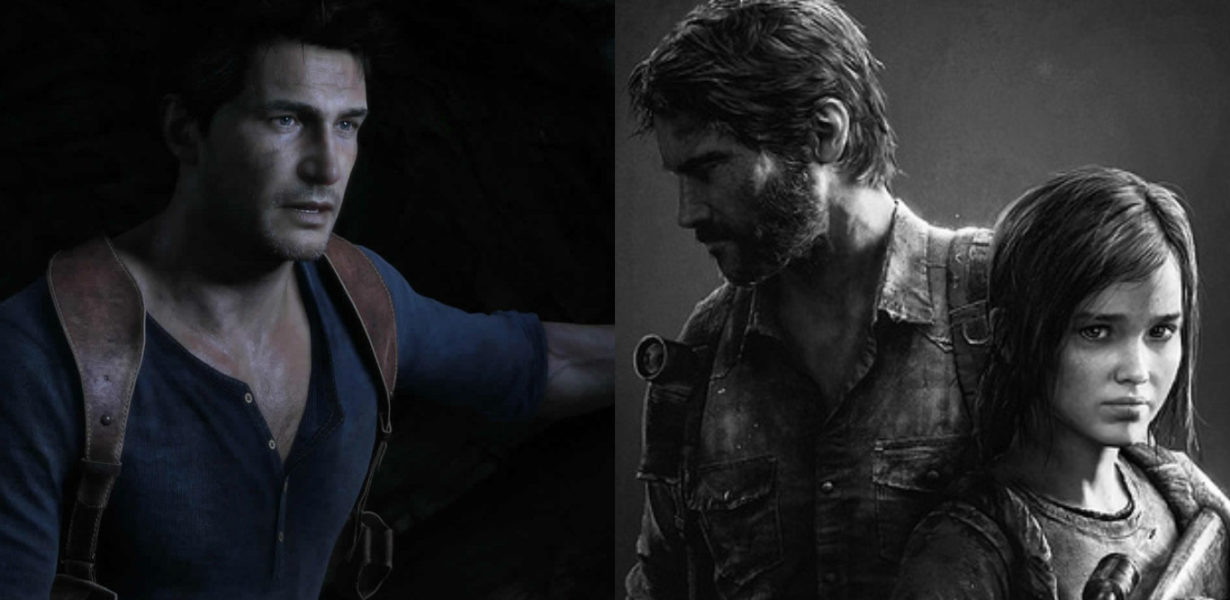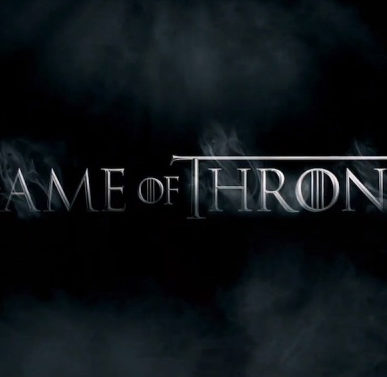It’s interesting trying to compare Uncharted 4: A Thief’s End and The Last of Us. They’re both Naughty Dog games, they could both be considered action and third-person shooter games, and they both use writing and well-developed characters to help drive their stories forward and keep the player invested.

The Last of Us was released as a PS3 exclusive back in 2013, while Uncharted 4 saw its launch on the PS4 just this past week. It’s also worth noting that both projects were helmed by Neil Druckmann and Bruce Straley, both of whom have spent time working on the Uncharted series before creating an entirely new project about a post-apocalyptic world that we saw in The Last of Us. With a three-year gap between the release of these two titles, it’s interesting to try to compare the two and see if Naughty Dog has learned any lessons from The Last of Us and attempted to incorporate them into Uncharted 4.
Because both games are so similar in terms of gameplay and the fact that they’re both narrative-driven experiences, trying to decide which is the better game will come down to the strength of the writing, characters, and how the gameplay has been implemented.
If you’ve yet to experience either of these games, be warned that this article contains minor plot spoilers for Uncharted 4 and The Last of Us.
UNCHARTED 4: A THIEF’S END
Uncharted 4 excels because it’s the final entry in a long-running beloved series that made its debut on the PS3. Years after the events of Uncharted 3: Drake’s Deception, Nate has finally settled into a ‘normal life’ with Elena. Of course, Nate soon finds himself drawn back into the life of a treasure hunter when his long lost brother shows up with the prospect of digging up some pirate treasure.
Ironically enough, while Uncharted 4 does deliver the high-octane action and cinematic chase sequences in droves, it’s the quieter, contemplative moments where the game’s story really shines through. Uncharted 4 is all about Nate growing up, and finally learning his lesson that some legends aren’t worth risking your life for. There are scenes of tension where he struggles with his lust for adventure and his promise to his wife that he was done with the dangerous treasure hunting life. With the reappearance of Sam, it becomes more difficult for him to accept the normalcy of his current life as he finds himself sucked back into the heart-pounding excitement of discovering yet another long-lost city.
It’s nice to watch Nate grow as a character and give more thought to where his life is headed, and ruminate on all the experiences he’s had over the course of the past three games. While the game does suffer from a few plot holes here and there (how did Elena know????), and the series ending feels just a tad heavy-handed and hammy, Uncharted 4 has beautiful moments of contemplation, and it’s a nice change of pace from the copious amounts of shooting and running and climbing.
Uncharted 4’s gameplay has also improved rather significantly. The HUD has cleaned up rather nicely, and button prompts look sleek, never feeling particularly obtrusive whenever they show up. Shooting feels smooth, and melee attacks certainly have come a long way since Drake’s Fortune. Unfortunately, just like all the other entries in the series, Uncharted 4 tends to assault you with huge gauntlets of enemies where they just keep coming, wave after wave. Some shootouts, especially in the game’s latter chapters, start to feel long and drawn out and, ultimately, tiring and frustrating even on the game’s Moderate difficulty.
Stealth is also more viable than ever in Uncharted 4. Nate will automatically hide in tall grass, and you can even run from enemies and hide after you’ve been spotted – a great mechanic carried over from The Last of Us. There’s just one problem; there still isn’t a crouch button that allows you to stay low when you’re out of cover. Stealth might be an available option in Uncharted 4, but it feels a little redundant if you’re forced to sprint from cover to cover when trying to stay undetected.
Overall, Uncharted 4 excels by highlighting Nathan Drake’s personal character growth, though it does so at the expense of a few other characters. The shooting, however, remains just as enjoyable as ever, and nothing beats feeling like a badass while scaling an impossibly rocky cliffside.
THE LAST OF US
When The Last of Us launched on the PS3 back in 2013, it blew fans away with how well its two protagonists were written. On one hand, we’ve got Joel, the hardened smuggler who practically loses his faith in humanity after his young daughter gets brutally shot to death. On the other, we’ve got Ellie, a teenage girl just trying to get by in this post-apocalyptic world before inadvertently getting swept up with the Fireflies. The story follows Joel and Ellie as they trek their way across America, trying to find the Fireflies to possibly develop a vaccine for the epidemic.
Just like Uncharted, The Last of Us does well in creating scripted events and allowing players to really step into the shoes of Joel as he struggles with his attachment to Ellie and finally comes to terms with the loss of his daughter. The bond between the two develop naturally over the span of the one year they spend together, and it’s hard not to feel so completely invested in their journey and wanting to see it through to the end.
While Uncharted is a shooter game at its core, The Last of Us dials back the shooting elements and encourages players to approach things more carefully. The stealth mechanics are on point, and every stealth kill feels weighty and brutal. The gameplay is at its best whenever you’re trying to make your way through a level quietly, end up getting spotted by an infected, and the situation transforms into an intense, guns blazing, shootout.
The Last of Us subscribes to the belief that “less is more”, which means that there are far fewer enemy confrontations here than in Uncharted 4. While some may see this as a detrimental lack of ‘proper’ gameplay, it just makes your encounters with the raiders and infected that much more impactful. The Last of Us doesn’t like toying with players’ reactions by using cheap scares, but instead relies on conveying themes of horror and savagery through the environments, character dialogue, and motivations, making this game one of the best survival horror games we saw in 2013.
WHO WINS?
Ultimately, we have to acknowledge that Uncharted 4 and The Last of Us are fundamentally very different games. Uncharted 4 takes a lot from Naughty Dog’s previous game and attempts to focus on character development by including optional conversations, and more dialogue-heavy moments, but fails to achieve that same level of character depth that The Last of Us executed so masterfully.
That is understandable though; the characters of the Uncharted series always felt rather one-dimensional and shallow in the first entry, and this series was meant to focus on the action and excitement of discovering buried treasure. Uncharted 4 tries to take the series to a darker, more character-driven place, and its efforts are commendable, even if they do fall a bit short. As the fourth entry in the series, Druckmann and Straley had to work with existing material and stay faithful to the tone of the series.
With The Last of Us, its co-directors already knew the type of story they wanted to tell, and they set out to do just that. The Last of Us being a new IP for Naughty Dog back in 2013, and its co-directors having much more creative freedom with the story, it was only natural that The Last of Us should turn out being a more well-rounded story with fantastic characters, complete with their own quirks and motivations.
In terms of gameplay, Uncharted is a shooter game at its core, so it’s a given that Uncharted 4 should be filled with so much bombast and action-heavy moments. The Last of Us goes for a completely different tone than Naughty Dog’s flagship series, and instead focuses on its characters and the world its trying to build.
They’re both beautiful games, but they cater to very different audiences. Uncharted’s story is clearly meant to appeal to fans of adventure stories, and the thrill of venturing into unknown (or uncharted) territory. It prides itself on being a playable action movie of sorts, and it’s perfect for anyone just looking for a good time. The Last of Us is not for the faint of heart, and it’s geared towards players looking for a grim world to explore, a unique take on the idea of living in a post-apocalyptic world, and of course, fantastically written characters you can’t help but get extremely attached to.





There are no comments.